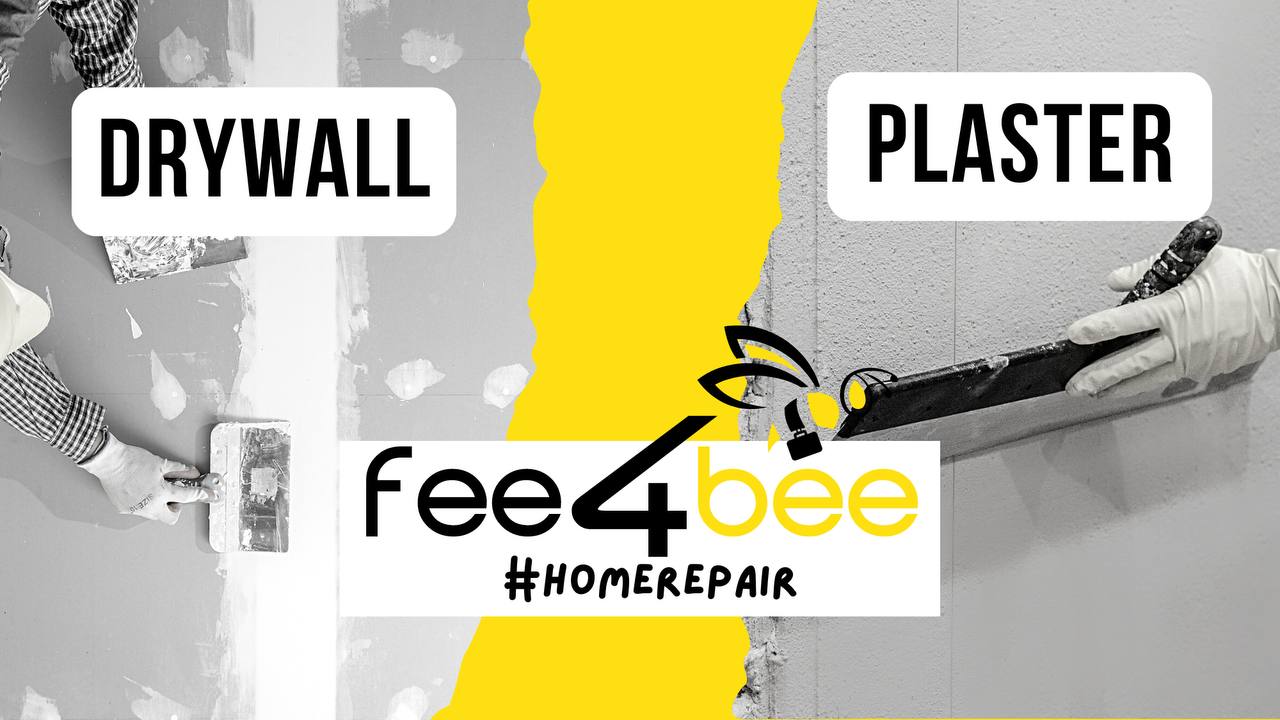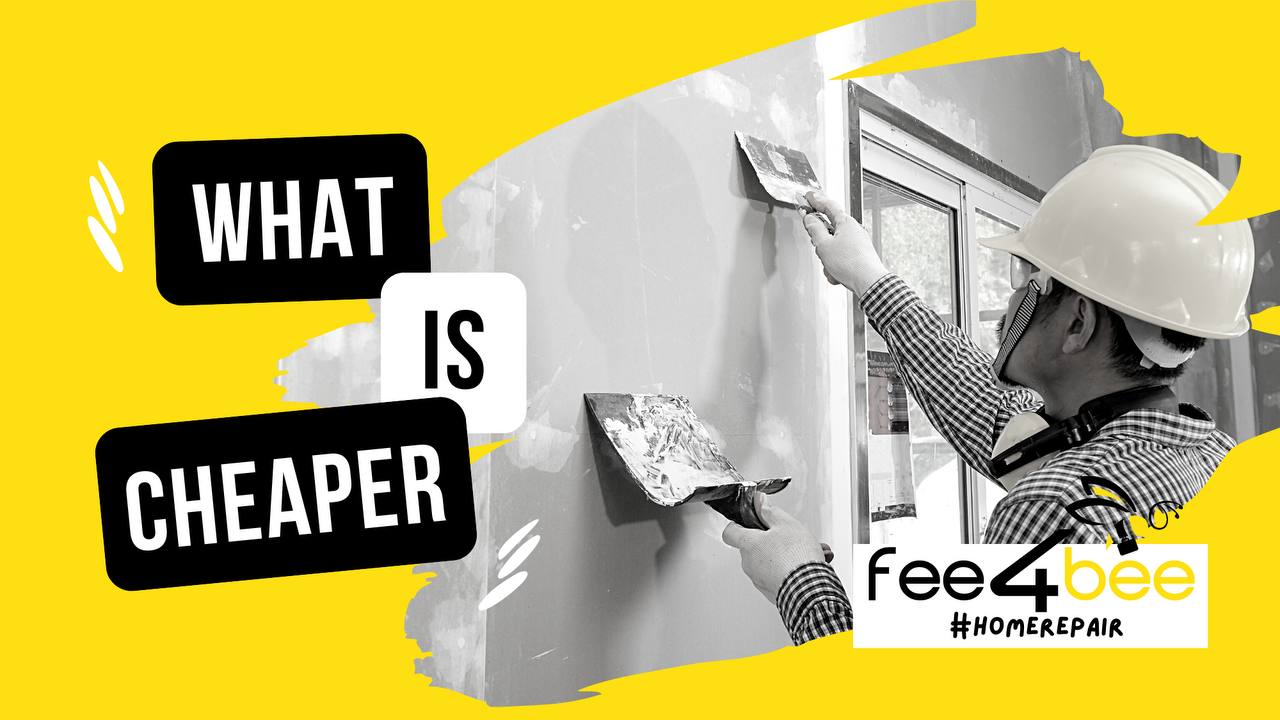- Winter Tasks
- Cleaning Services
- Moving Services
- Handyman
- Furniture Assembly
- Shopping and Delivery
- Office Services
- Commercial Cleaning
- Commercial Handyman
- Commercial Painting
- Conference Room Setup
- Office Housekeeping
- Office Movers
- Office Snack Delivery
- Office Supply Delivery
- Office Furniture Assembly
- Ergonomic Office Setup
- Office Setup & Organization
- Data Entry
- Proofreading services
- Office Administration
- Office Interior Design
- Business services
- Assembling IKEA furniture
- Assembling an IKEA kitchen
- IKEA dressing room assembly
- Assembling IKEA cabinets
- IKEA bathroom furniture assembly
- Assembling IKEA beds
- Assembling IKEA tables
- Assembly of IKEA seats
- Assembling IKEA sofas
- Assembling dressers IKEA
- Assembling IKEA racks
- Assembling IKEA pedestals
- Assembling children's furniture IKEA
- Assembling IKEA chairs
- Assembling other IKEA furniture
- Coaching
- Beauty and health services
- Domestic services
- Construction works
- Finishing work
- Services for animals
Drywall vs plaster. What wall finishing to choose?
When it comes to wall finishing you are always faced with the choice of what to apply. The most common supplies are drywall and plaster. There are many differences between them. You can read more about the pros and cons of each type of finish below.
Firstly let’s consider what plaster and drywall are.
Plaster is a mix of water and gypsum or cement. A good plastering is made of three coats: a scratch coat to even out the suction, a float coat to create a smooth surface, and a finishing coating. Plastering takes longer to install but offers excellent value and a perfect finished look.
Drywall is a flat durable panel consisting of gypsum wrapped in paper. Gypsum is a naturally occurring mineral, so it's a good choice for eco-friendly construction. It is available in many colours and constructions. It applies as a quicker and cheaper way to finish walls. Nowadays, drywall is the main finish material for interior walls.
The differences between drywall and plaster walls

Each of these wall treatment methods has its own characteristics. Here are pros and cons to both of them, so choose wisely:
| Plaster | VS | Drywall |
|---|---|---|
| Plastering is quite difficult. You should know that it will take a professional to plaster your walls properly. | Installation process | While drywall is easier to install, you will need to hire at least two taskers because of the weight of the panels. |
| Plaster is a better choice for curved walls and can be installed on uneven surfaces. Moreover plastering is the best method of aligning a wall. | Curves walls | Drywall can not be bent, so it is hardly suited for curved walls. |
| Plaster does not have good insulating properties. You will have larger electricity bills with plaster walls. | Heat insulation | Drywall comes with better insulation options. It also allows adding insulating materials behind it. |
| Plaster walls are more rigid than drywall, resulting in a better sound barrier. | Sound insulation | Drywall has poor soundproofing properties. The double layer of drywall is necessary for better sound insulation. |
| Plaster is considered more fire-resistant material. | Fire-resistance | Drywall has lower fire resistance. The paper in drywall is not fire-resistant for obvious reasons. Also, the material is often attached to wooden studs. |
| When hanging items on plaster walls, you must be very careful and take extra care to prevent any cracks or crumbling. | Hanging things | It is much easier to hang artwork or mount a TV on a drywall than on plaster. You can make it easy with drywall anchors if the drywall can withstand the weight. |
| Plastering is long and labour intensive. As a result, it costs more. | Cost | Drywall is a cheaper and easier alternative. |
The features of plaster
Many people are surprised when they purchase an older home and discover that the walls are plaster. They wonder if they should just get rid of them and replace them with drywall. Plaster is often an excellent choice for smoothing over cinder blocks and other surfaces that are not drywall-worthy.
Plaster is a durable material, and it is better for privacy and sound transmission. It also resists heat, so you won't need to worry about a fire breaking out. Additionally, it is an excellent choice for situations where moisture is an issue.
Another great advantage of plastering is the way it looks. It won't scratch or dent, and it will cover all the joints and tapes, giving the room a smooth finish. It's possible to get plaster in various styles, including a stucco-like finish. While drywall is standard in most houses, plastering is still an option for many aesthetic upgrades.
Drywall's best features
It is easier to install and manipulate, so if you're short on time, you can opt for drywall. You can also use it for modern remodels and renovations. It can be applied faster, and it doesn't require as much sanding.
Drywall suits best for TV wall installation. All the chords can be hidden in areas behind drywall and your TV screen will look very aesthetically pleasing on the wall. Professional drywall installers are equipped with the necessary materials to do the work right.
Despite its lack of durability, it is easy to repair and can be painted to match existing walls or ceilings. The drywall has good thermal insulation rates itself and it allows you to put additional insulation behind it. This is especially beneficial in colder areas as it helps you save on energy bills.
Is it cheaper to drywall or plaster?

Time, cost, and expertise will play a large role in your decision. Eventually, you should choose the look and feel you'd like.
While drywall installation is an easy do-it-yourself project, it still requires measuring the room, buying the appropriate size pieces, and nailing them to the studs.
Plaster is more complex and requires the expertise of a professional plasterer. While amateur plasterers may be able to produce acceptable results, they usually don't look as good as professional installations. It may be worth paying a professional to achieve a better end result.
As far as costs are concerned, plastering walls are more expensive than drywall. Plastering walls requires more specialized skills, takes longer to complete, and as a result, is more expensive than drywall installation. It can cost anywhere from CAD $70 to $100 per square meter. The cost of drywall mounting is almost two times lower than for plastering. Ultimately, drywall walls can be installed by a contractor with average skill and experience for CAD $30-50 per square meter.
You should always consider the quality you are after. Plaster walls are more durable and soundproof than drywall walls. However, plaster walls are harder to hang things on. Drywall is cheaper and has higher insulation rates.
Painting plaster and drywall
You will want to be able to repaint the walls in the future. Here are some tips on how to paint plaster or drywall.
Once your veneer plaster is finished, use an oil-based primer for plaster walls. This is due to the fact that stains can appear on the gypsum through the paint. Special stain-blocking priming will act as the best base for painting. After wall preparation, a painting contractor can use whatever colour you want. In some cases, the off-white look of plaster can be attractive.
For new drywall, you'll need a drywall primer. If drywall is smooth and free from gouges and imperfections, using a paint/primer-in-one is fine. If you're painting an existing wall, however, you'll need to sand it before applying a primer and paint. Don’t forget to clean up any dust left over from the sanding process. After that, you can use any paint you want.